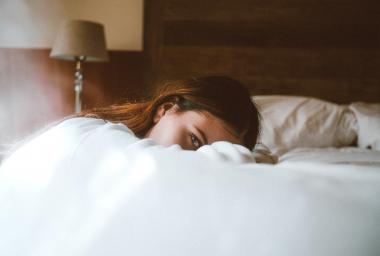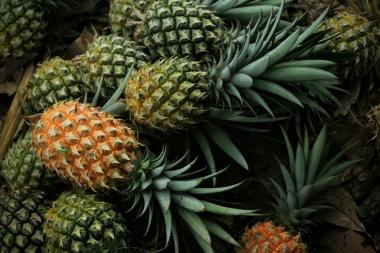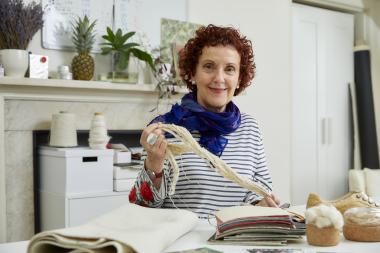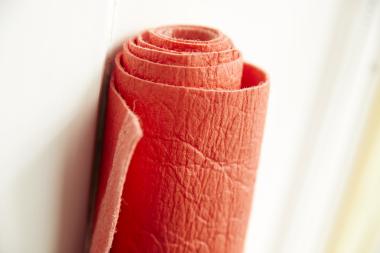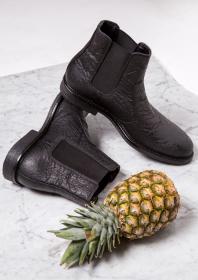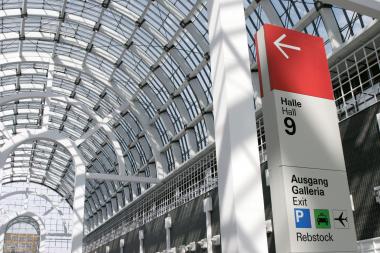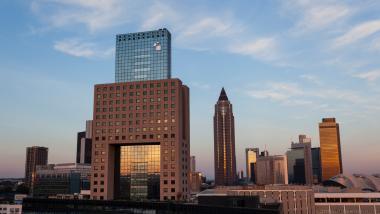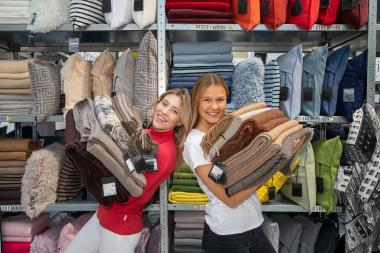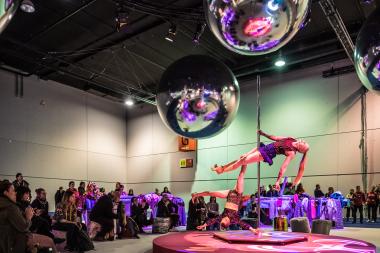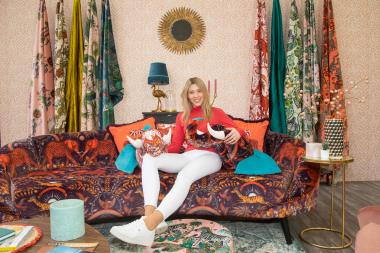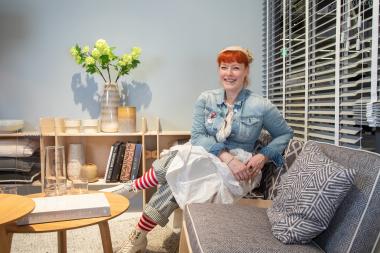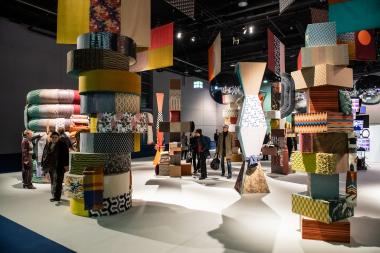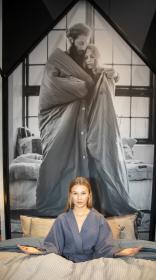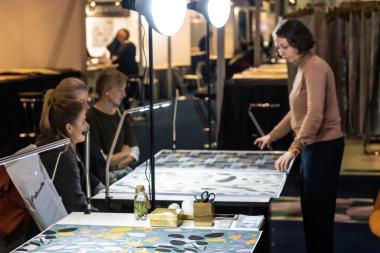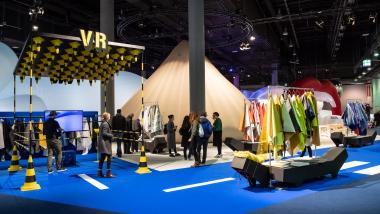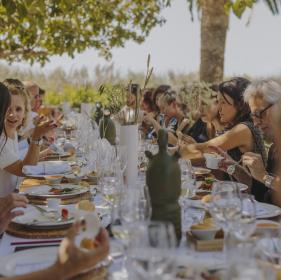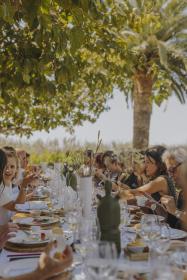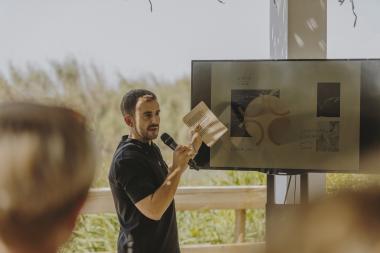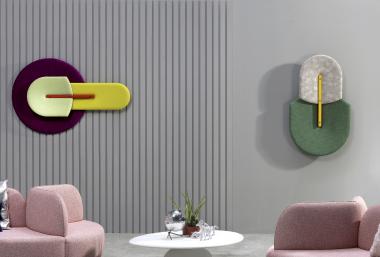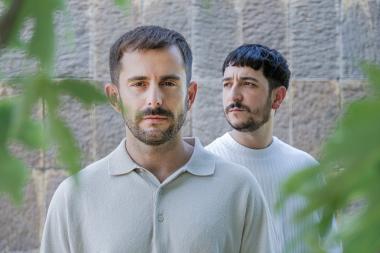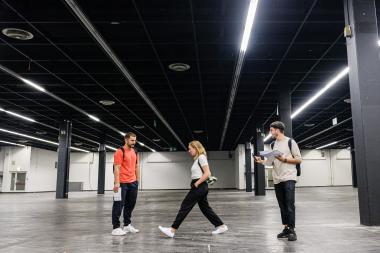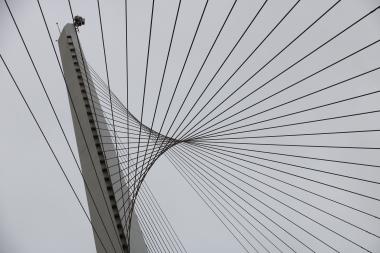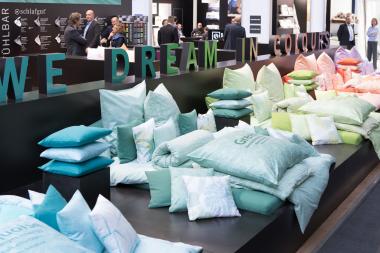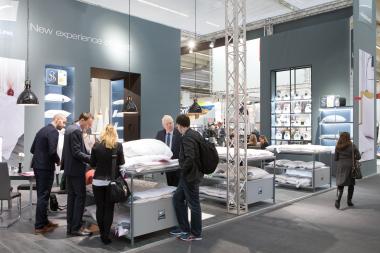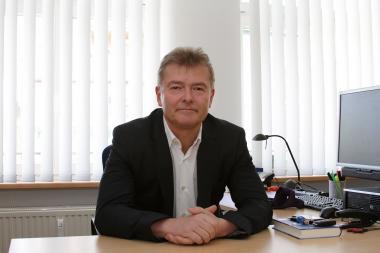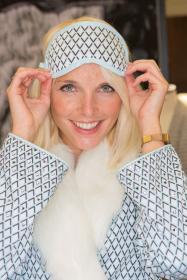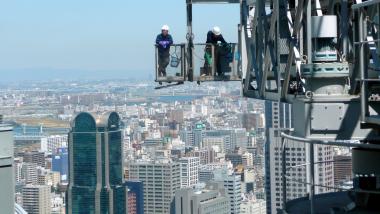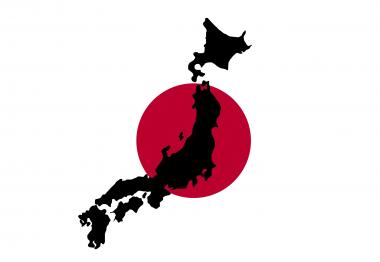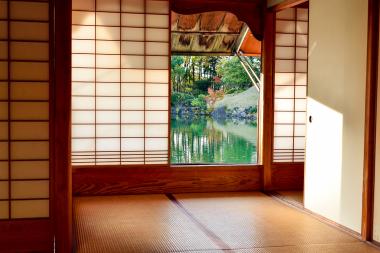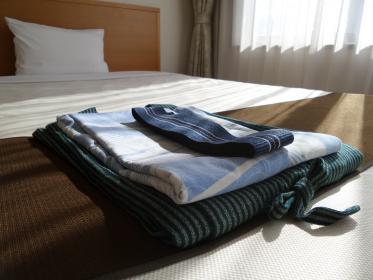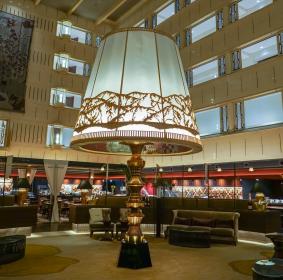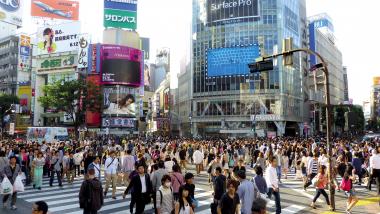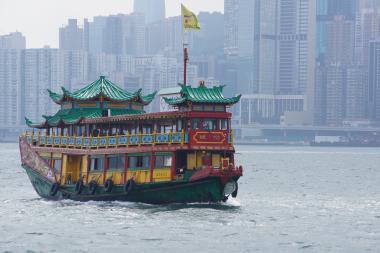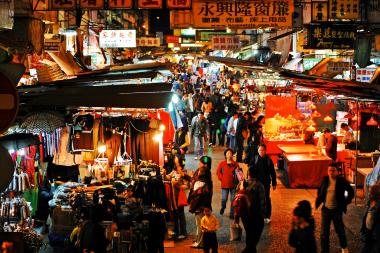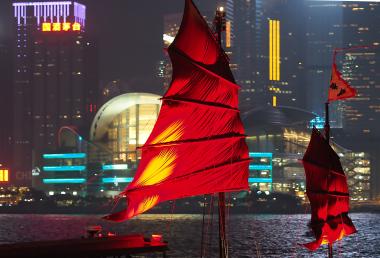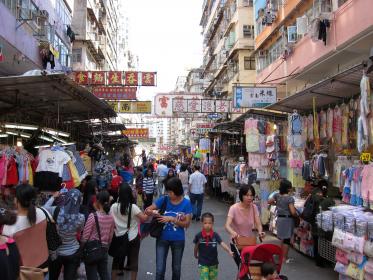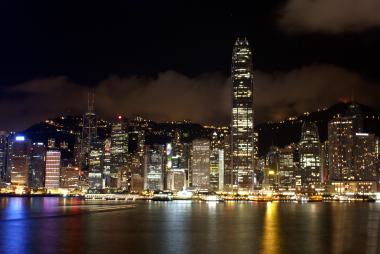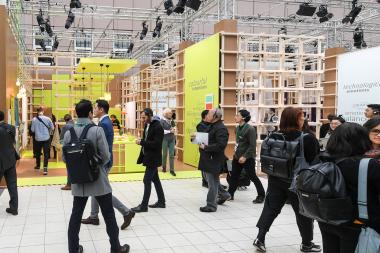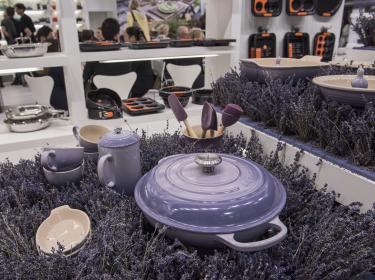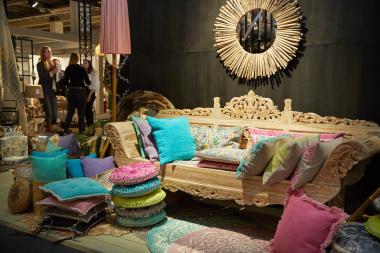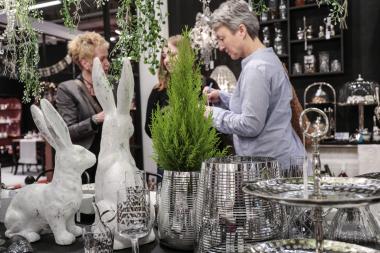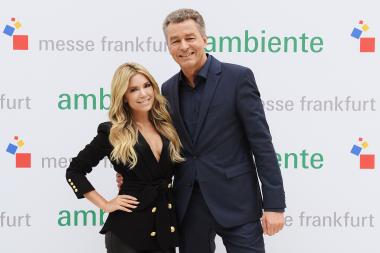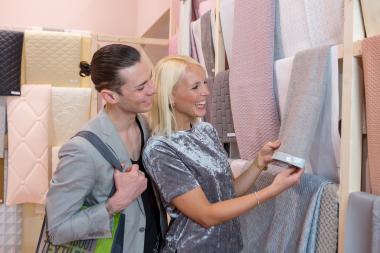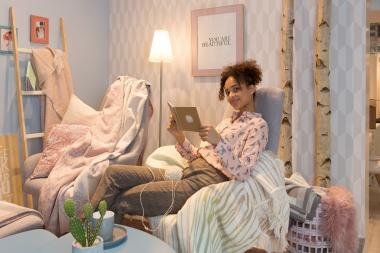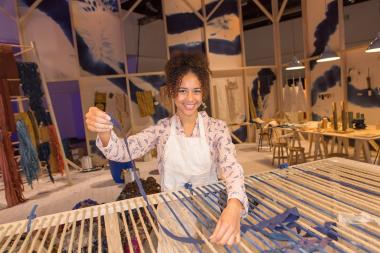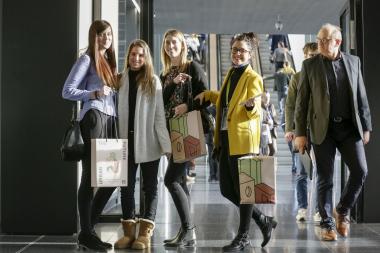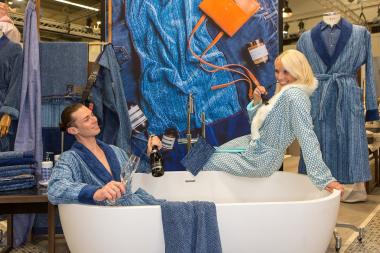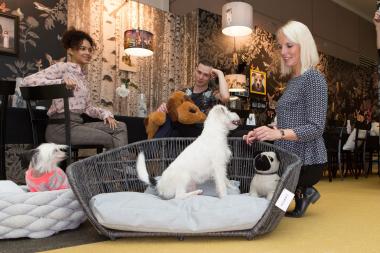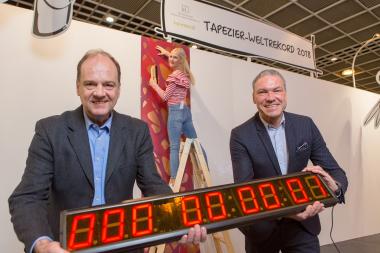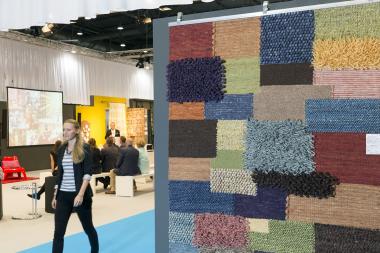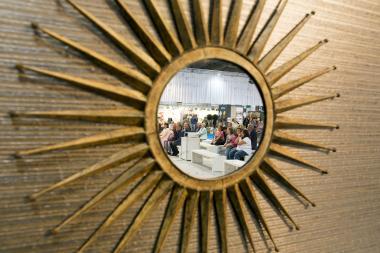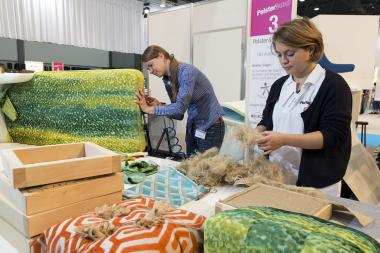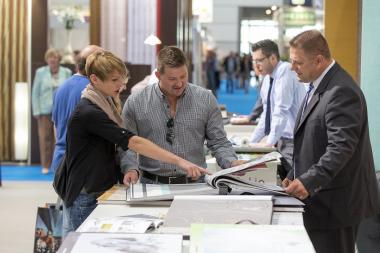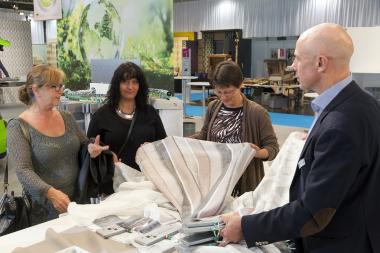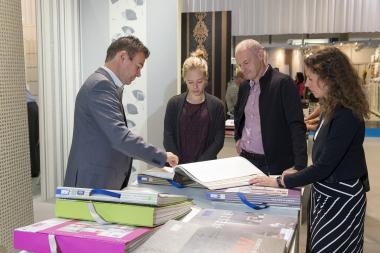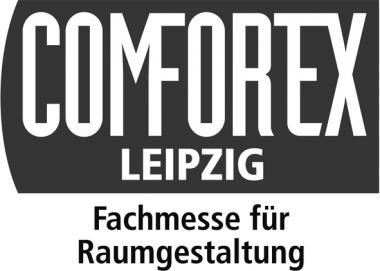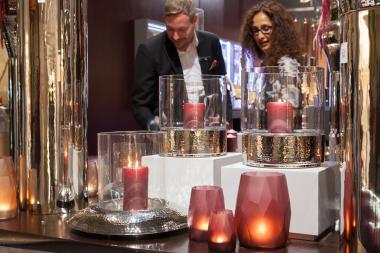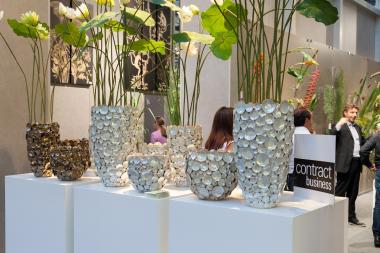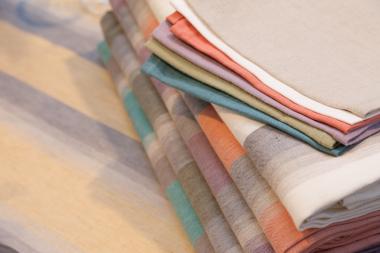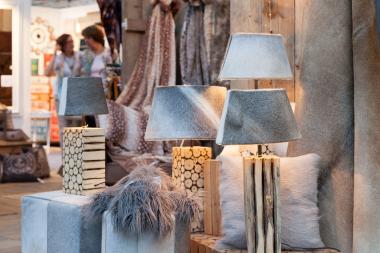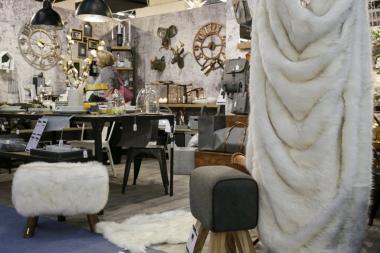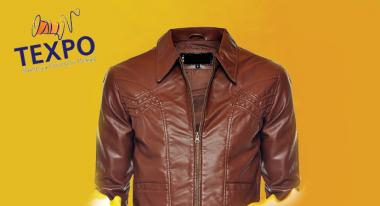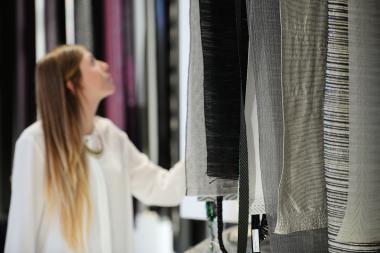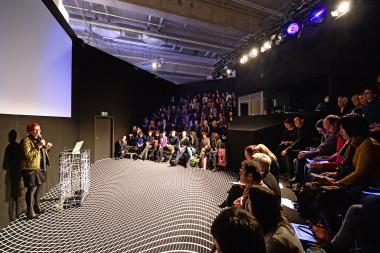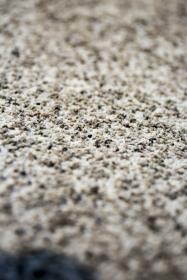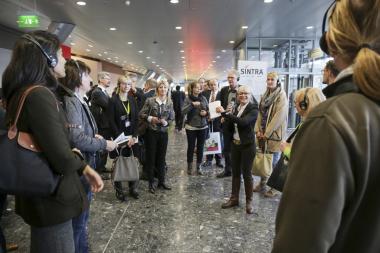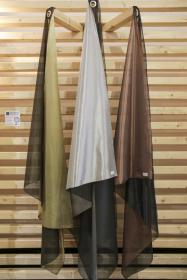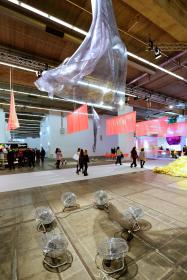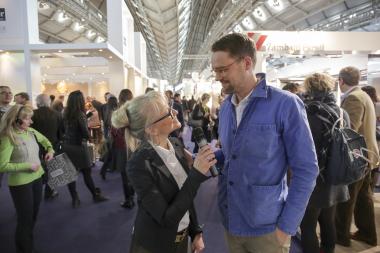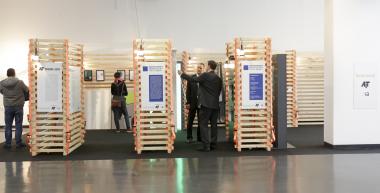Heimtextil Conference: „Sleep & More“ in June
Sleep myths, corona fatigue and sustainable hotel room concepts of tomorrow: to coincide with the Day of Sleep on 21 June 2022, the Heimtextil Conference "Sleep & More" will begin and provide bed retailers and hospitality decision-makers with answers to the megatrend of "healthy sleep" over three days in Hall 3.0. Numerous key-
notes will highlight the latest findings in sleep research as well as important issues concerning the green future of the hotel bed.
The Day of Sleep on 21 June marks the start of the conference, which will take place on the first three days of this year's Heimtextil Summer Special. As a national day of action in Germany, the Day of Sleep was launched in 2000 on the initiative of the "Tag des Schlafes e.V." association and annually raises awareness of the importance of sleep and its impact on quality of life.
Keynotes at the Heimtextil Conference „Sleep & More“
- Markus Kamps, sleep consultant and founder of "Schlafkampagne," with insights into sleep myths and important help on the corona sleep effect
- Dr. Hans-Günther Wees from the German Society for Sleep Research and Sleep Medicine with the latest research findings
- Carsten Schmid from Brainlit with insights into the importance of biocentric lighting
- Jens Speil of MyCircul with the latest approaches to the use of tracking gadgets
- Sleep consultant Eva Bovet of Betten Raab and managing director Thaela Schlosser of Feder & Bettenfachgeschäft on the successful use of podcasts
- Bed expert Jens Rosenbaum with impulses on the sustainability potential of the hotel bed and green solutions from associations and industry for hotel rooms
- Expert Julia von Klitzing from the Hotel Competence Center with reflections on the hospitality industry from the perspective of Generation Z
On Wednesday, visitors can look forward to a panel highlight: sleep consultant Eva Bovet from Betten Raab, Managing Director Thaela Schlosser from Feder & Bettenfachgeschäft and Markus Kamps will discuss how both bedding specialists and retailers can successfully use podcasts to tap into new target groups and win customers through accessible audio content formats. These and other keynotes will make the Heimtextil Conference 'Sleep & More' the place to go for representatives of the bedding trade, who can expect a top-class programme of lectures, discussion rounds and product presentations.
Sleep & More: New format builds a bridge to hospitality and sustainability
In addition to consulting and product offers for bed retailers, the new concept format "Sleep & More" also provides valuable orientation for hospitality decision-makers and highlights hospitality trends, especially from the perspective of sustainability: How can mattresses be part of the circular economy? And what will the sustainable hotel room of the future look like? Hospitality and sustainability experts pool the collective knowledge of the industry and provide visitors with inspiration and impulses for their future actions.
Bed expert Jens Rosenbaum from Swissfeel Germany, for example, will bridge the gap to the hotel industry in two keynotes and show how the sustainability potential of the hotel bed can be used and how associations and industry are working on solutions for a green future of the hotel room. Hotel industry expert Julia von Klitzing from the Hotel Competence Centre will look at the hospitality industry from the perspective of Generation Z and provide important insights into how the target group of tomorrow envisions their stay in hotels.
A complete overview of these and numerous other speakers can be found here from April 2022.
What helps us sleep well and what is important for hotel beds to ensure that guests sleep well - we have put together to you the latest studies, recommendations and podcasts on the megatopic of healthy sleep. Sleep well! And join us now in looking forward to Heimtextil and a host of new products revolving around the mega-topic of healthy sleep.
Heimtextil, Messe Frankfurt


